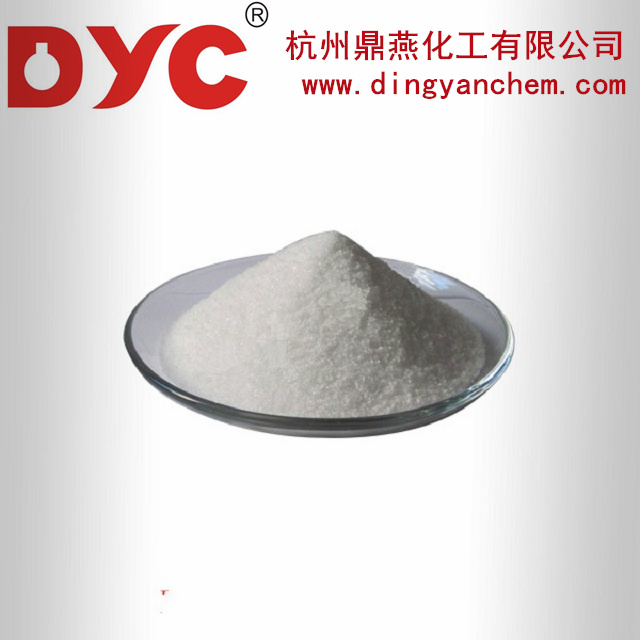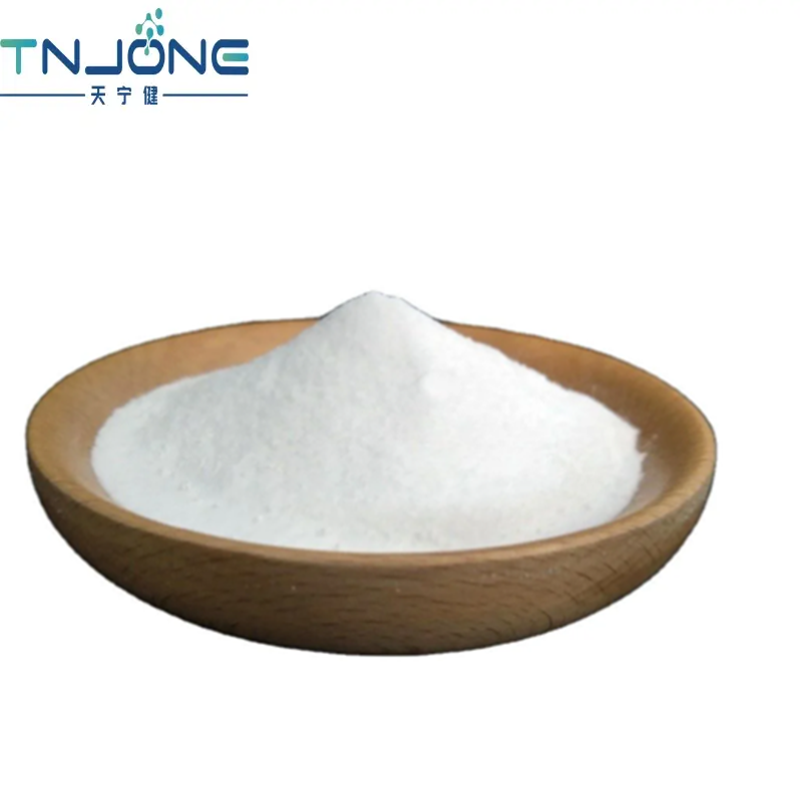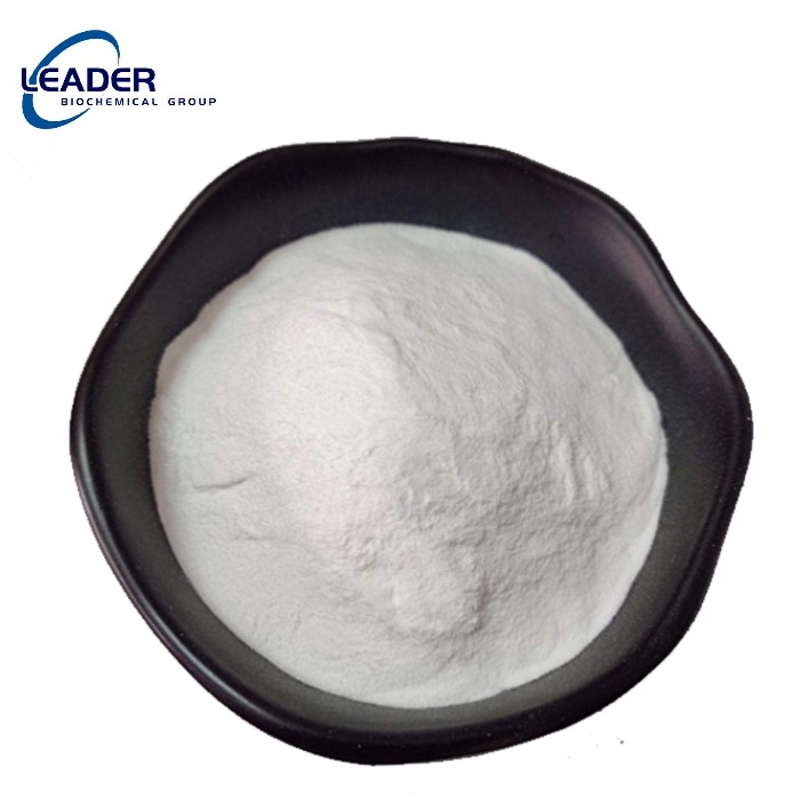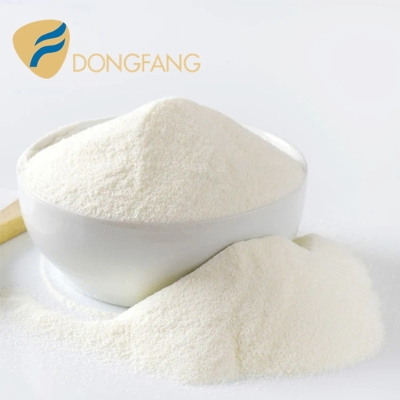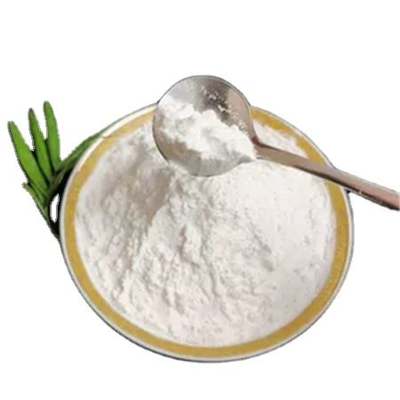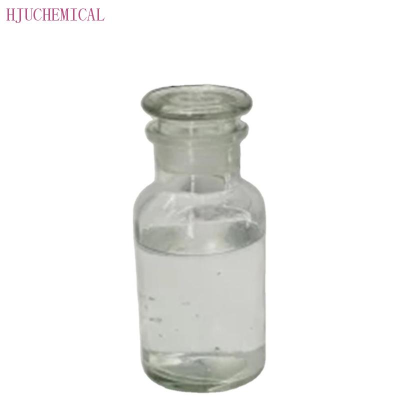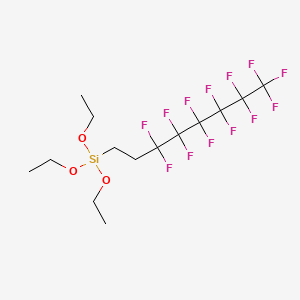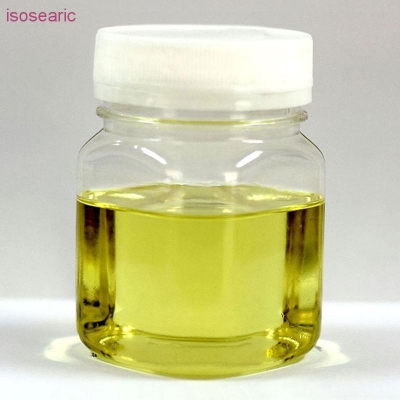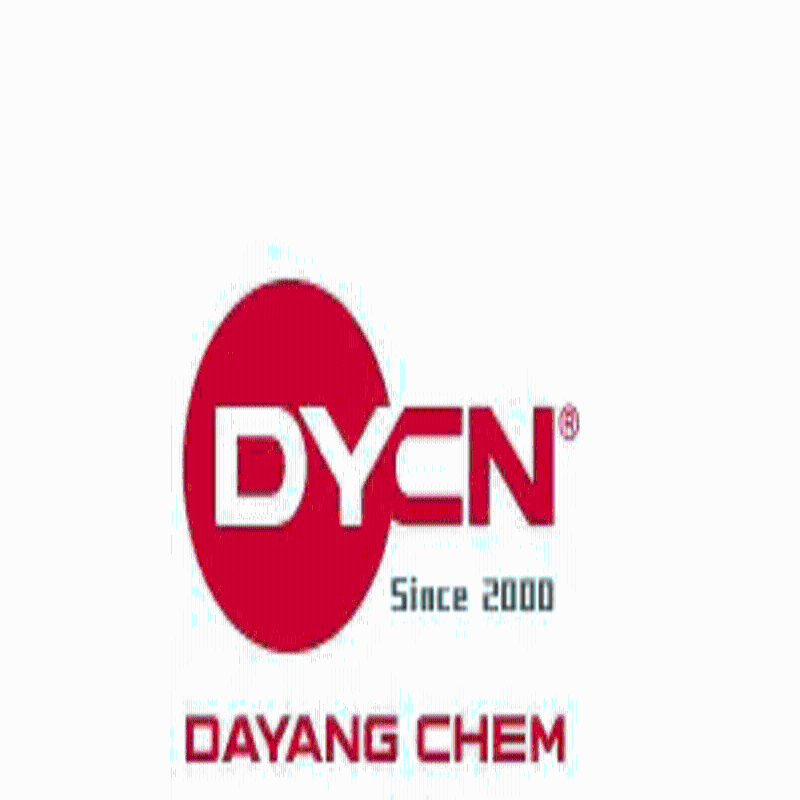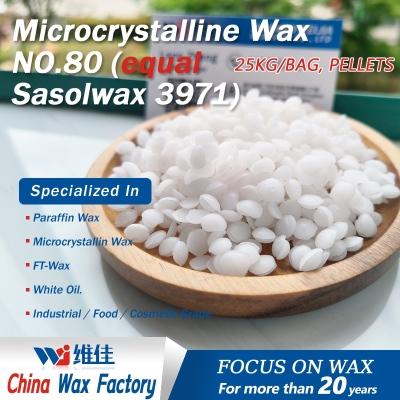Cosmetic Ingredient
- • Abrasive (124)
- • Absorbent (84)
- • Anticaking (66)
- • Anticorrosive (25)
- • Antifoaming (19)
- • Antimicrobials (290)
- • Antioxidant Ingredient (393)
- • Antiperspirant (20)
- • Antiplaque (48)
- • Anti-seborrheic (38)
- • Anti-sebum (39)
- • Antistatic (458)
- • Astringent (162)
- • Binding Agent (172)
- • Bleaching Agent (53)
- • Buffering (191)
- • Bulking (109)
- • Chelating (122)
- • Cleansing (679)
- • Cosmetic Colorant (212)
- • Cosmetic Preservative (158)
- • Denaturant (45)
- • Deodorant (98)
- • Depilatory (27)
- • Dissolving Agent (298)
- • Emollient (795)
- • Emulsifying Agent (480)
- • Emulsion Stabilising (154)
- • Exfoliating (19)
- • Film Forming (299)
- • Flavouring (72)
- • Foam Boosting (161)
- • Foaming (101)
- • Fragrance Ingredient (726)
- • Gel Forming (19)
- • Hair Conditioning (670)
- • Hair Dyeing (363)
- • Hair Fixing (36)
- • Hair Waving or Straightening (45)
- • Humectant (282)
- • Hydrotrope (92)
- • Keratolytic (20)
- • Light Stabilizer (80)
- • Moisturising Agent (50)
- • Nail Conditioning (42)
- • Occlusive (20)
- • Opacifying (119)
- • Oral Care (123)
- • Oxidising (19)
- • Perfuming (2105)
- • Plasticiser (98)
- • Propellant (19)
- • Reducing (50)
- • Refatting (12)
- • Refreshing (26)
- • Skin Cleansing (388)
- • Skin Conditioning (1751)
- • Skin Humectant (21)
- • Skin Protecting (282)
- • Smoothing (31)
- • Soothing (71)
- • Tonics (155)
- • UV Filter (34)
- • Viscosity Controlling (532)
Chemicals as Skincare Ingredients
Related News
-
Pierre Fabre established a new cosmetics innovation center in Shanghai, China
2023-06-15 -
COSME Tokyo International Cosmetics Trade Fair 2024
2023-06-07 -
Beauty Expo Australia 2023
2023-05-15 -
COSMOPROF WORLDWIDE BOLOGNA 2024
2023-05-15 -
BEAUTYISTANBUL Exhibition 2023
2023-05-15 -
BEAUTY DÜSSELDORF 2024
2023-05-15
Binding Agent
Sodium carboxymethyl starch
(9063-38-1)-
Cosmetics Grade / 99%
-
Pharmacy Grade / 99%
-
Food Grade / 99%
$2.5-3/KG FOB
-
Request for quotation , get quotes from more suppliers.
Ethyl acrylate-methacrylic acid-methyl methacrylate copolymer
(25133-97-5)-
Reagent Grade / 99%
$20-22/KG FOB
-
- / 99.00%
-
Chemical Grade / -
$10/KG FOB
-
Industrial Grade / -
Request for quotation , get quotes from more suppliers.
Locust bean gum
(9000-40-2)-
- / 99.00%
-
Food grade / 99%
-
Food Grade / 98%
-
Food Grade / 99%
Request for quotation , get quotes from more suppliers.
Calcium caseinates
(9005-43-0)-
Food Grade / 95%
-
- / 99.00%
-
Food Grade / 99%
-
Food Grade / 99.9%
Request for quotation , get quotes from more suppliers.
2-Propenoic acid, 2-methyl-, 1,1′-[(octahydro-4,7-methano-1H-indene-5,?-diyl)bis(methylene)] ester
(43048-08-4)-
![(octahydro-4,7-methano-1H-indenediyl)bis(methylene) bismethacrylate buy (octahydro-4,7-methano-1H-indenediyl)bis(methylene) bismethacrylate]()
Industrial Grade / 99%
-
![(Octahydro-4,7-methano-1H-indenediyl)bis(methylene) bismethacrylate buy (Octahydro-4,7-methano-1H-indenediyl)bis(methylene) bismethacrylate]()
-
![(octahydro-4,7-methano-1H-indenediyl)bis(methylene) bismethacrylate buy (octahydro-4,7-methano-1H-indenediyl)bis(methylene) bismethacrylate]()
-
![(octahydro-4,7-methano-1H-indenediyl)bis(methylene) bismethacrylate buy (octahydro-4,7-methano-1H-indenediyl)bis(methylene) bismethacrylate]()
Industrial Grade / 99%
Request for quotation , get quotes from more suppliers.
-
Cosmetics Grade / 99.5%
$1-1.2/MT FOB
-
Industrial Grade / 99%
-
- / 99.00%
-
Request for quotation , get quotes from more suppliers.
-
Cosmetics Grade / 99%
-
Industrial Grade / 95%
-
- / 99.00%
-
Request for quotation , get quotes from more suppliers.
Isostearic acid
(2724-58-5)-
Cosmetics Grade / 99%
-
Cosmetics Grade / 99%
-
Cosmetics Grade / 99%
$2-2.2/MT FOB
-
Pharmacy Grade / 99%
Request for quotation , get quotes from more suppliers.
-
Cosmetics Grade / 99%
-
Cosmetics Grade / 99%
-
Industrial Grade / 99%
-
Industrial Grade / 98%
Request for quotation , get quotes from more suppliers.
Hydrocarbon waxes, microcrystalline
(63231-60-7)-
-
-
Food Grade / 99%
-
Industrial Grade / 100%
$1733-2079/MT FOB
Request for quotation , get quotes from more suppliers.
Source Binding Agent Raw Materials by Region
More Information
Binders are liquid or dough-like substances that harden by a chemical or physical process and bind fibers, filler powder, and other particles added into them.
Such as talc, waxes, and polymers like polyvinylpyrrolidone (PVP), and acrylates copolymers are typical binders.
Factors influencing the binders:
● Concentration: The strength of the connection is based on how much or strong the glue is used for holding things together.
● Particle Size and Shape: The size and form of small parts in the binder can affect how well it joins ingredients together.
● Processing: Things like heat, force, and time spent while making a product change its sticking together.








